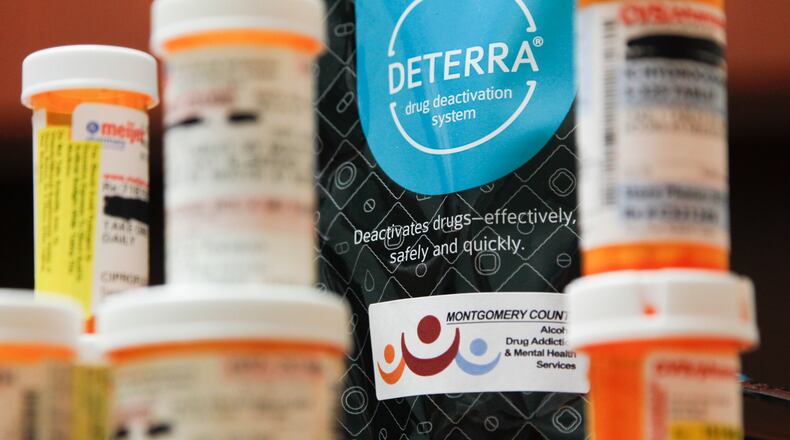Nilesh Powar, Cashion’s supervisor and a senior research engineer with UDRI, said the university is planning to use the money to boost initial studies — studies which should happen at a Dayton-area hospital yet to be identified, Power said in an interview.
QUICK READS
A university in Ohio is getting rid of most Friday classes next fall
Ohio ranks low in educated states: See state rankings
Power said he intends to speak with local physicians about finding suitable subjects and taking the next steps.
While the concept itself is not entirely new — neurotherapy has been used to treat nicotine addiction and depression — the application here is somewhat novel. “We cannot just go and take subjects out,” Powar said. “It has to go through a certain protocol.”
Essentially, the program will use electrodes placed on a patient to measure brain activity, with the hope of guiding the patient to a better understanding of how the brain responds to positive stimuli that can help reduce cravings.
Opioid use becomes abuse — and ultimately addiction — by shutting down the brain’s ability to naturally release dopamine and endorphins, so that the absence of opioids creates feelings of intense anxiety and other severe symptoms of withdrawal.
“Using neurofeedback, we’ll work with our volunteers to help them learn to regulate activity in the part of their brain associated with cravings and rewire some of those pathways, allowing them to reduce their cravings and experience a more ‘normal’ state even without opioids,” Cashion said.
The idea is to have a subject perform an activity and see what that activity looks like graphically on a computer monitor. “That will re-enforce your neural activity,” Powar said. “You think, ‘Oh, if I do this, my pain will get better.’”
“After a series of training sessions, volunteers will have learned the tasks they will need to perform to reduce cravings, even without use of the technology,” UDRI said.
First, a baseline of a patient’s typical brain activity needs to be established. “There is a lot of ground work to be done,” he said.
Cashion’s was one of five winning proposals selected for funding by the Ohio Third Frontier. The school will receive $10,000.
Dubbed the “Ohio Opioid Technology Challenge,” the effort was developed to help create solutions to the nation’s growing opioid addiction crisis. In 2016, Ohio was second only to West Virginia for the number of overdose deaths related to opioids, according to the Centers for Disease Control.
The new treatment is not meant to replace current treatment therapies and counseling, but to supplement it. “This won’t replace existing (treatments) at all,” Powar said.
DID YOU MISS THIS?
UD renames former NCR world headquarters for former school president
Area community college to open a new location this year in Troy
About the Author

